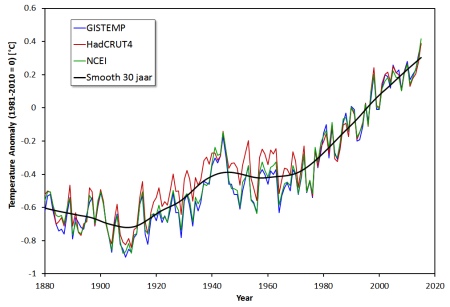Guest post by Dr. Jan Wuite, Enveo, Innsbruck
A new study released by NASA scientist Jay Zwally and colleagues in the Journal of Glaciology, receiving wide coverage in the media last month, reports an 82 Gigatons per year increase of land ice in Antarctica during the period 2003-2008. The study received much skepticism from other leading scientists in the field, as there are many indications that point at the contrary: ice loss, possibly irreversible. How does this new study fit in that picture, what are the consequences for expected sea level rise and are these numbers correct? Glaciologist and polar scientist Jan Wuite, working at Enveo in Innsbruck and involved in various international studies related to Antarctica explains.
One of the adverse consequences of climate change is global sea level rise. At more than 3 mm per year, the current sea level rises twice as fast as during the 20th century. The expectations are a rise of at least 70 cm by the turn of this century. The principal causes are clear: global decline of land ice (mountain glaciers & ice sheets) and thermal expansion of ocean water (water expands as it becomes warmer). To clarify, land ice is resting on land and can reach a thicknesses of up to several kilometers, in contrast to seasonally restricted sea ice (mainly just frozen ocean water), that is typically only a few meters thick and has no direct influence on sea level. Studies have indicated an increasing contribution of the two largest ice sheets, the Greenland and Antarctic ice sheets, to sea level rise.
The largest unknown for future sea level rise is caused by uncertainty in the predicted response of the Antarctic ice sheet to global warming. As warmer air can hold more moisture, it is possible that increasing snow accumulation compensates part of the sea level rise. On the other hand it is also possible that ice drains faster to the oceans accelerating it.
There is a lot of ice in Antarctica; in some places the ice thickness reaches well over 4 km. There is enough ice to, when melted completely, raise global sea levels with roughly 58 m. But even if only a small part of that melts it could have a significant impact on coastal communities, or ocean circulation. For this reason scientists are very interested in mass changes of the ice sheets: the mass balance.


